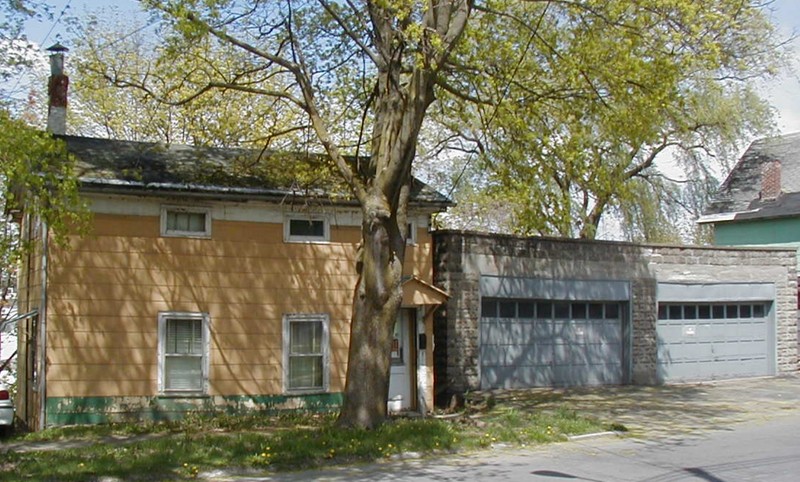Peter & Eliza (Miller) Skinner
Introduction
Text-to-speech Audio
Peter and Eliza Skinner represent the successful integration of many African American, born of enslaved parents, into the community life of these Mohawk Valley villages. Both Peter and Eliza became property owners and successful business people in Canajoharie.
Images

Backstory and Context
Text-to-speech Audio
Peter Skinner was long-time barber in the Canajoharie community. According to his obituary, he was also a well-known musician around the Mohawk Valley.
Barbers were typically involved in the Underground Railroad network as men tended to gather at the barbershops sharing news. Underground Railroad author Tom Calarco noted that "the security, visibility, and accessibility of Black barbers made them leaders in their community and likely agents of the Underground Railroad."
Peter Skinner, son of Michael, and Eliza Miller, daughter of Henry and Maria Miller, were married in Cherry Valley in 1847 and they lived there for a time prior to moving to Canajoharie.
Peter may have been descended from slaves that came from Barbados to Cooperstown with HUSBAND family.
Peter purchased this property on Cliff Street in 1864 from David and Catharine Zielley. The deed described property as bordering that of African Methodist Episcopal Zion Church property.
The Skinners were longtime members of Methodist church in this village. Peter participated in numerous political conventions geared toward Black equality. Eliza passed away in 1899 at the age of 73 and Peter lived until 1912. Both are both buried in Fort Plain Cemetery.
Cite This Entry
Farquhar, Kelly. "Peter & Eliza (Miller) Skinner." Clio: Your Guide to History. November 3, 2022. Accessed April 7, 2025. https://theclio.com/entry/141121
Sources
Calarco, Tom. The Underground Railroad in the Adirondack Region.
Wellman, Judith. Farquhar, Kelly Yacobucci. Uncovering the Underground Railroad, Abolitionism, and African American Life in Montgomery County, New York, 1820-1890. Fonda, NY. Montgomery County Department of History & Archives, 2011.

